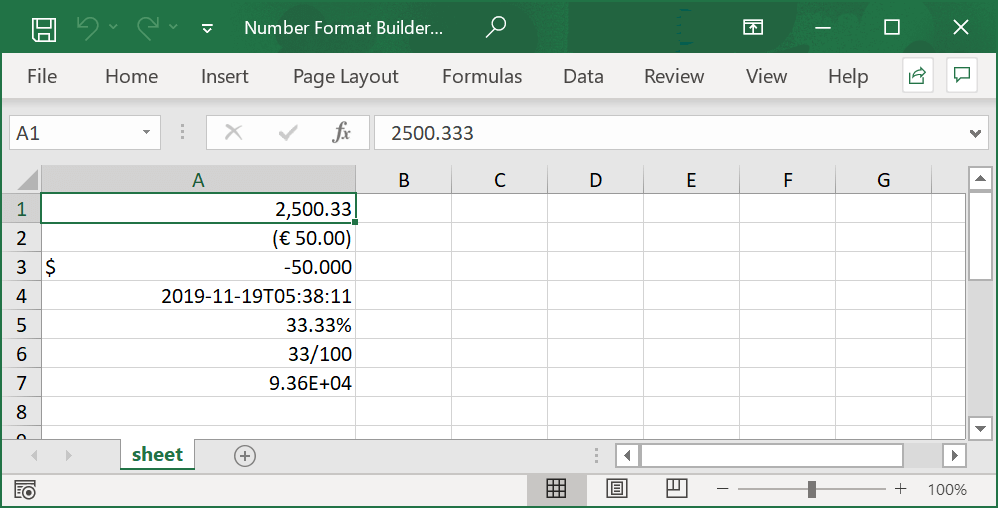

(It turns out that when I originally started this endeavor I started with a printout of Rocky’s ReadWriteAuthorization.cs however, I still couldn't quite figure things out at that time.) I finally figured out and solved my problem! Thanks ajj3085 and Rocky for your help. KKoteles replied on Friday, October 05, 2007 Obviously there are many areas open for improvement (like being able to set each icon as well as setting it's respective offset from the base ErrorProvider icon, etc) however, I was hoping someone might be able to lead me in the right direction for both trying to tie this into the control events automatically (without needing the Initialize method). errorWarnInfoProvider1.Initialize( this.Controls) Unfortunately that means you need to add the following line (or something like it) within the associated form's constructor:
#Errorprovider vb.net how to
I like it a lot, but I can't figure out how to get it to "hook" itself to the appropriate events automatically - so I took a short cut.

#Errorprovider vb.net update
If you take a look at the code in my attachment (don't forget to update the references for CSLA before you try to compile!), you can see I've created an ErrorWarnInfoProvider object that that displays all three levels of severity for the BrokenRulesCollection. I couldn't find anything else so I tried my hand at extending it. I've always liked the idea of the ErrorProvider however, all it displays are the errors. Splits an input string into an array of substrings at the positions defined by a regular expression pattern specified in the Regex constructor.įor the complete list of methods and properties, please consult Microsoft documentation.KKoteles posted on Thursday, October 04, 2007 Public Function Split (input As String) As String() In a specified input string, replaces all strings that match a regular expression pattern with a specified replacement string. Public Function Replace (input As String, replacement As String) As String Searches the specified input string for all occurrences of a regular expression. Public Function Matches (input As String) As MatchCollection Indicates whether the specified regular expression finds a match in the specified input string. Public Shared Function IsMatch (input As String, pattern As String ) As Boolean Indicates whether the regular expression specified in the Regex constructor finds a match in the specified input string, beginning at the specified starting position in the string. Public Function IsMatch (input As String, startat As Integer ) As Boolean Indicates whether the regular expression specified in the Regex constructor finds a match in a specified input string. Public Function IsMatch (input As String) As Boolean The Regex class has the following commonly used methods − Sr.No. The Regex class is used for representing a regular expression. Click the following links to find these constructs. There are various categories of characters, operators, and constructs that lets you to define regular expressions.

Constructs for Defining Regular Expressions A pattern consists of one or more character literals, operators, or constructs. Net framework provides a regular expression engine that allows such matching. A regular expression is a pattern that could be matched against an input text.


 0 kommentar(er)
0 kommentar(er)
